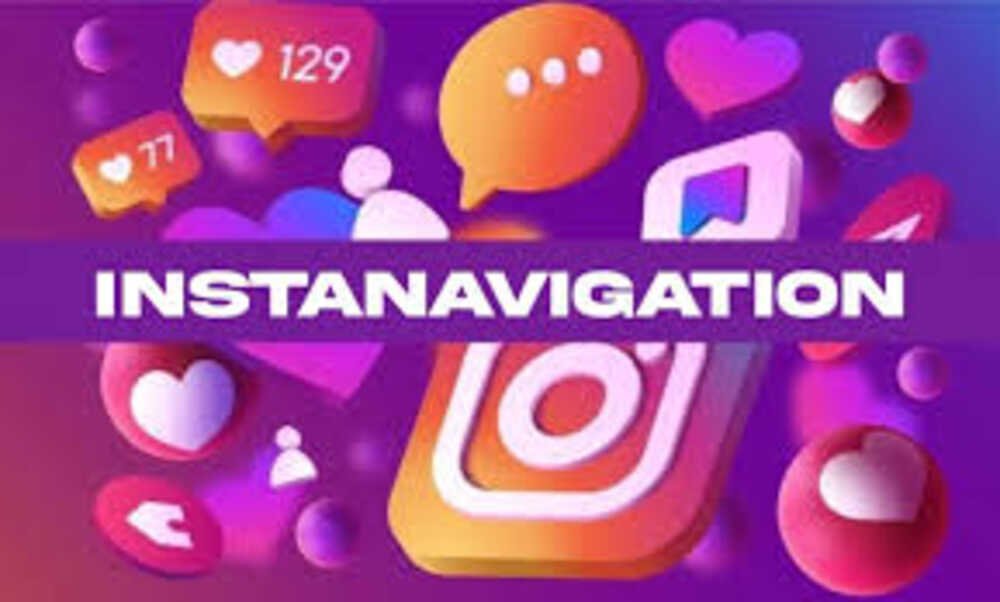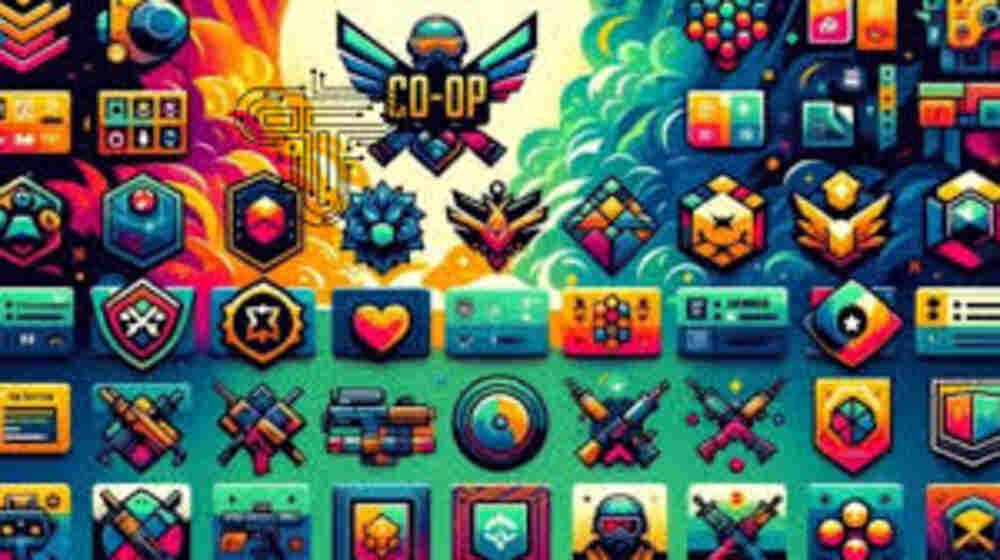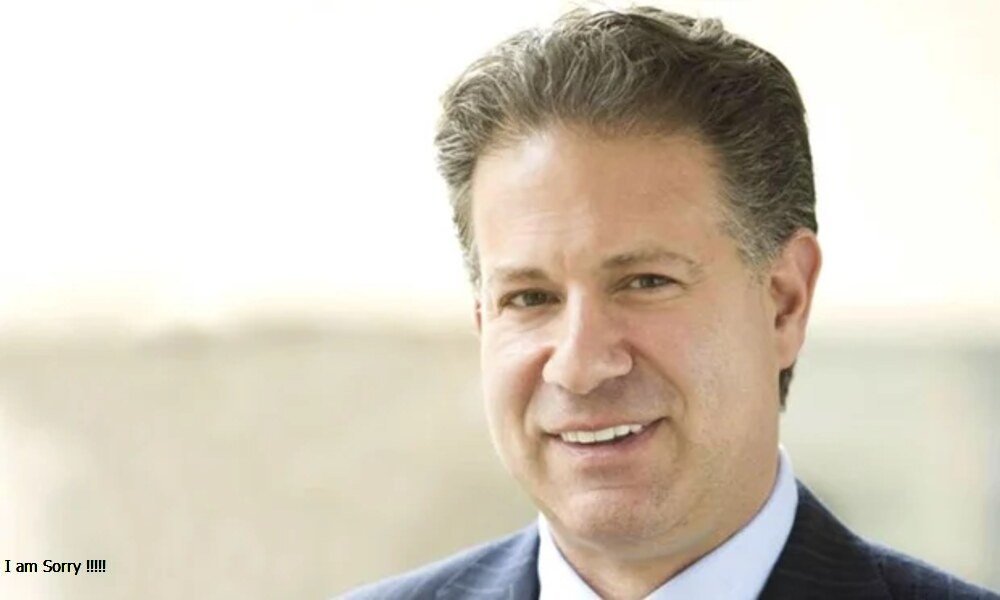Introduction
In the vast ocean of internet content, few things like a cleverly worded riddle capture global attention. One such viral sensation is the “Two Zero Two Four” riddle, which has taken social media by storm. Puzzling at first glance and deceptively simple, this brain teaser has sparked thousands of discussions across platforms like TikTok, Reddit, YouTube Shorts, and Instagram Reels. It reads: “two zero two four a: 2024 b: 0044 c: 0024 d: 2044 – tymoff.” This strange string of digits and letters isn’t just a jumble—it’s a challenge, a logic test disguised as a linguistic puzzle. Tymoff, often associated with wisdom quotes and cryptic brain teasers, has further added intrigue to this viral trend. This article delves deep into the riddle’s meaning, the correct interpretation, and why it has become a cultural phenomenon.
What Is the “Two Zero Two Four” Riddle?
The phrase “Two Zero Two Four” sounds like someone reading out the digits of a number aloud. What adds complexity to this riddle is that it comes with multiple-choice answers, and they all look somewhat similar:
A: 2024
B: 0044
C: 0024
D: 2044
The structure of the question implies that we must match the phrase to one of the digit combinations given. But it’s not a math problem. It tests how well we interpret language, structure, and sequencing. The beauty of this puzzle lies in its simplicity—no complicated equations or obscure references exist. All you need is a keen sense of logic and attention to detail. Viral riddles like this often become trending topics because they offer quick, engaging challenges that anyone can attempt, yet only a few can solve immediately.
Breaking Down the Phrase: Literal Interpretation
To understand the riddle, we need to read the phrase literally. “Two Zero Two Four” are spoken forms of digits. When you say it out loud, you pronounce a sequence: 2 – 0 – 2 – 4. The most logical step is to identify which of the provided options exactly matches that sequence.
Literal interpretation means avoiding overcomplication. There’s no need to assume hidden meaning or numerology. The riddle wants us to map each word to a digit. So:
Two = 2
Zero = 0
Two = 2
Four = 4
Put them together, and you get 2024. Simple? Yes, but that doesn’t stop people from second-guessing themselves. This is where the riddle tests more than your intelligence—it tests your confidence and your ability to avoid being misled by alternatives that “look” tricky.
Analyzing Each Option
Let’s examine each answer option to see how it aligns or deviates from the phrase “Two Zero Two Four.”
Option A: 2024
This option matches perfectly. It takes the literal word sequence and translates it digit by digit:
Two = 2
Zero = 0
Two = 2
Four = 4
So, 2024 is an exact representation. It is the most straightforward and accurate answer.
Option B: 0044
Now consider 0044. This breaks down to:
Zero = 0
Zero = 0
Four = 4
Four = 4
This would only make sense if the phrase had been “Zero Zero Four Four,” which it is not. This distractor is meant to trip up those focusing only on the digits, not the sequence.
Option C: 0024
Here we get:
Zero = 0
Zero = 0
Two = 2
Four = 4
Again, this starts with “Zero Zero,” which is inconsistent with the initial “Two Zero.” So it’s close, but not correct.
Option D: 2044
This translates to:
Two = 2
Zero = 0
Four = 4
Four = 4
While it starts correctly with “Two Zero,” it finishes with two fours instead of “Two Four.” This makes it a partial match, but ultimately incorrect.
Why Option A (2024) Is the Correct Answer
After analyzing all the options, it becomes clear that Option A: 2024 is the only one that aligns entirely with the spoken sequence “Two Zero Two Four.” No additional zeros or fours, no extra digits or missing ones. The riddle hinges on precision, and this is where many people falter. It’s easy to overthink or assume there’s a trick. However, riddles like this thrive on simplicity and rely on your ability to stay grounded in literal interpretation.
People often fall into traps by misinterpreting the sequence or applying unnecessary logic. This riddle is not asking you to solve or compute anything. It’s asking you to recognize a pattern. And once that clicks, the answer is unmistakably clear.
Psychological Appeal of Viral Riddles
Why do riddles like this become so popular? The answer lies in our cognitive wiring. Humans love challenges, especially those that reward lateral thinking and quick problem-solving. When someone shares a riddle like this online, others are instantly curious to prove their mental sharpness. The social currency of being “in the know” or solving something your peers cannot is beautiful.
Platforms like TikTok and Instagram make these challenges go viral within hours. Add a layer of mystery by attaching a name like Tymoff, known for philosophical and clever statements, and you have a formula for massive reach. Riddles also provide instant gratification. You either get it and feel brilliant, or you don’t and are drawn in more profoundly, searching for the answer.
Another psychological factor is the illusion of complexity. “Two Zero Two Four” looks mundane at first, but the addition of multiple options and the strange wording makes people assume it’s more complicated than it is. This cognitive dissonance is precisely what fuels its virality.
Conclusion
Ultimately, the “Two Zero Two Four” riddle perfectly exemplifies how something so basic can become a global phenomenon. The viral phrase “two zero two four a: 2024 b: 0044 c: 0024 d: 2044 – tymoff” flooding social media indicates our fascination with bite-sized logic puzzles. The correct answer, 2024, stands out through literal interpretation and logical sequencing. It demonstrates that sometimes the most effective solutions come from not overthinking, but from focusing on what is plainly in front of us.
As these riddles continue to spread online, they remind us that logic, language, and pattern recognition remain timeless tools of human intelligence. So, next time you stumble upon a viral riddle, remember: the most straightforward answer might be correct. And don’t forget to share it—after all, half the fun is watching others guess wrong before that “aha!” moment hits.
Do Read: Funny Articles by Cracked Columnists | Cracked.com – Tymoff















